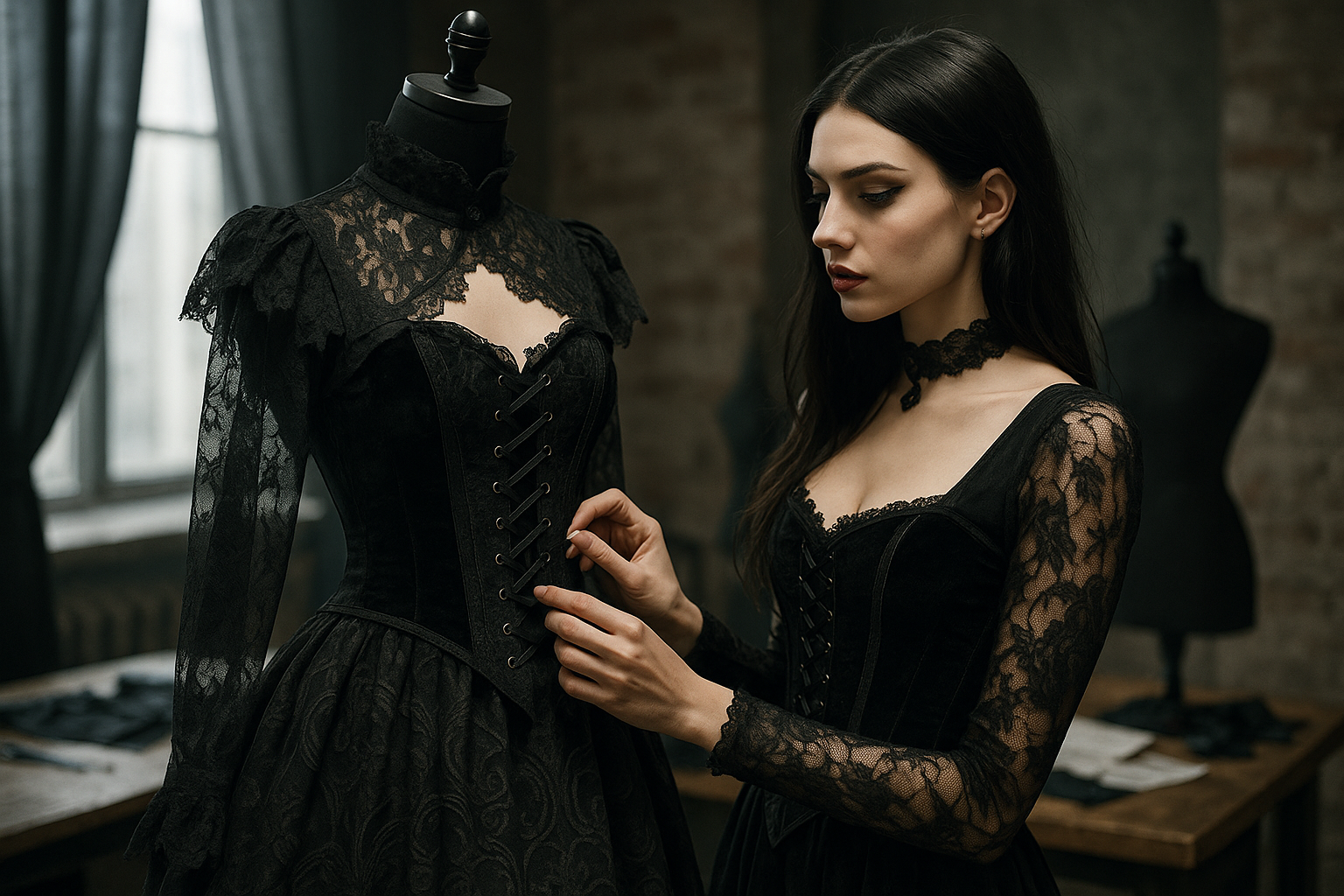Unveiling the Mystique: How Gothic Fashion Continues to Influence Modern Style
The gothic subculture, with its enigmatic charm and dark allure, is an intriguing phenomenon in the fashion world. This article delves into the rich tapestry of gothic fashion, its historical context, and its surprising influence on contemporary style trends.

The Origins and Evolution of Gothic Fashion
The gothic subculture emerged during the punk rock movement in the late 1970s. It was characterized by its distinct aesthetic—dark, dramatic, and decadently Victorian. Its inspiration was drawn from a variety of sources, including medieval, Elizabethan, and Victorian era fashion, fused with elements of punk, glam rock, and the post-punk music scene.
Over the years, gothic fashion has evolved, with different sub-genres emerging, such as cybergoth, steampunk, and romantic goth, each adding its unique twist to the core gothic style.
Gothic Fashion’s Impact on Current Trends
Despite its niche appeal, gothic fashion has significantly influenced mainstream fashion trends. Its romantic and dramatic elements have found their way into haute couture and ready-to-wear collections of renowned fashion houses. Designers often incorporate gothic elements into their collections, such as dark color palettes, lace, velvet, corsets, and chokers, offering a fresh take on gothic aesthetics.
The Gothic Appeal and its Consumer Influence
The appeal of gothic fashion lies in its ability to convey a sense of individuality and non-conformity. It offers an avenue for self-expression, often attracting artistic and creative individuals. The trend’s influence on consumer behavior is evident in the popularity of gothic-inspired accessories and cosmetics in mainstream retail stores.
Gothic Fashion: Backed by Research
According to a study by the Journal of Consumer Culture, the gothic subculture’s influence on fashion is more than just aesthetic. It represents a cultural movement that rejects mainstream norms and values. This defiance resonates with many consumers, particularly younger generations, who are increasingly drawn to unconventional fashion trends that allow them to express their individuality.
Fresh Perspectives on Gothic Fashion
-
Embrace the dark: Incorporating dark colors into your wardrobe can create a sophisticated and edgy look. Black, in particular, is a versatile color that can be paired with almost any other color.
-
Mix and match: Don’t be afraid to mix gothic elements with more mainstream pieces. A lace top or a corset belt can add a gothic touch to your everyday outfit.
-
Accessorize: Gothic-inspired accessories such as chokers, cuffs, and statement rings can instantly elevate a simple look.
-
Play with textures: Gothic fashion is all about drama and decadence. Play with different textures like velvet, lace, and leather to achieve this look.
Conclusion
Gothic fashion, with its deep roots and rich history, continues to influence modern style trends. Its enchanting blend of historical references, romantic elements, and dramatic aesthetics has found a place in mainstream fashion, redefining our understanding of style and self-expression. The gothic trend serves as a reminder that fashion is not just about following the crowd, but is a personal journey of self-discovery and creativity.




